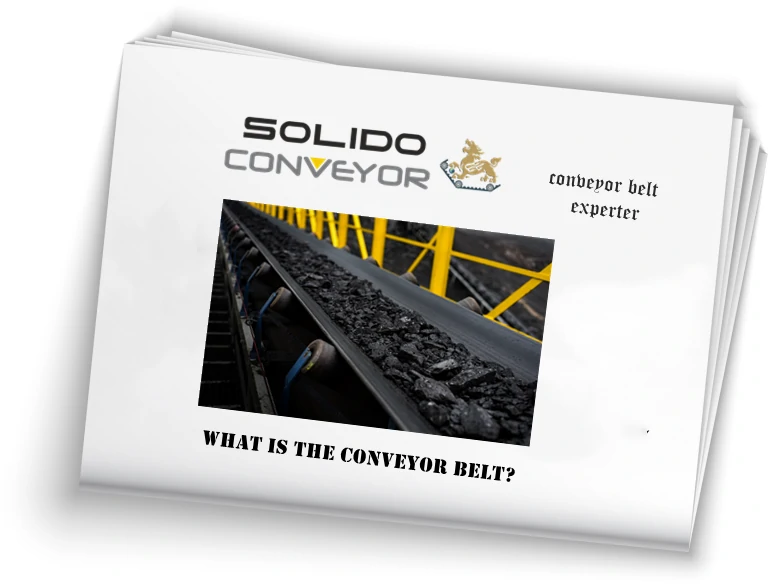What is a conveyor belt?
Table of Contents
A conveyor belt system is using a belt conveyor that systematically carries and transports light to heavy load material, often in an industrial or controlled environment as a fast and efficient mechanical handling transport device, and is one of the many types of conveyor systems available today.
Conveyor belt systems consist of two or more rollers (called pulleys), one or more of which will be powered which running at the same speed and in the same direction, driven the pulleys along with the belt and the material on it move forward.
Conveyor Belt Uses:
Conveyor systems have a wide variety of use, such as:
- Fast and reliable, easy maintenance
- Flexible conversion of transportation lines
- Proceduralized process to reduce manual labor
- High flexibility to move products vertically or horizontally

Conveyor Belt Applications
Conveyor systems are working across different industries, including construction, mining, mechanical & manufacturing, food processing etc.,
- Conveyor belts for General Purpose
- Conveyor belts for Aerospace
- Conveyor belts for Agriculture
- Conveyor belts for Cement
- Conveyor belts for Chemical
- Conveyor belts for Construction
- Conveyor belts for Food
- Conveyor belts for Foundry
- Conveyor belts for Glass
- Conveyor belts for Mechanical
- Conveyor belts for Mining
- Conveyor belts for Port
- Conveyor belts for Power Generation
- Conveyor belts for Quarry
- Conveyor belts for Recycling
- Conveyor belts for Steel
- Conveyor belts for Wood
Benefits of conveyor belts:
The advantages of using a conveyor belt system include:
- Save labor and reduce labor intensity, while greatly improving productivity and strengthening time efficiency
- Avoid worker injury during transport
- Reduce the collision and friction of goods during transportation
- Protect the environment and protect workers from chemical and other hazards
- Easily transfer product to different routes with different heights and inclinations
- Durable system with low maintenance costs
Structure of a conveyor belts:
The key components of a conveyor belt system are:
- The frame and belt support system
- Pulleys
- Motorized Drive Unit
- Clamping accessories
- Belt System– The belt is direct contact and move the products, that consist of one or multiply layers: top cover, carcass, and bottom cover. The covers usually made by various rubber or plastic compounds specified designed for the different purpose of the applications such as resistance of fire, heat, oil etc., The most common carcass materials to be used are steel, polyester, nylon, cotton, and woven aramid: The warp defines the level of resistance and elasticity of the belt, the weft is to be resistant to cuts, tears, and impacts while also being highly flexible to ensure the system doesn’t break or tear easily.
Types of conveyor belts:
How to choose the right conveyor belt?
When searching for the best conveyor system, answering the following questions will help you design and manufacture the best suitable conveyor belt system:
- What type of product is being conveyed?
- What is the average weight of the product per square meter?
- What is the maximum weight per square meter of the product?
- What is the minimum, maximum and average dimensions (ie length, width and height) of the product?
- How is the product conveyed and in what direction? Flat or steep or elevated?
- The path it travels – are there stops, elevation changes, curves or diversions?
- Speed of transmission – short and fast moves or slow and steady moves?
- surroundings
- Available space
If you’re looking for a new conveyor belt or belt maintenance services, we are offering customized conveyor belt consultation and manufacture to installation and repair based on various applications.
Have any questions? Contact your SOLIDOBELT today to learn more.